Energy-Efficient Roofing Systems That Work Smarter
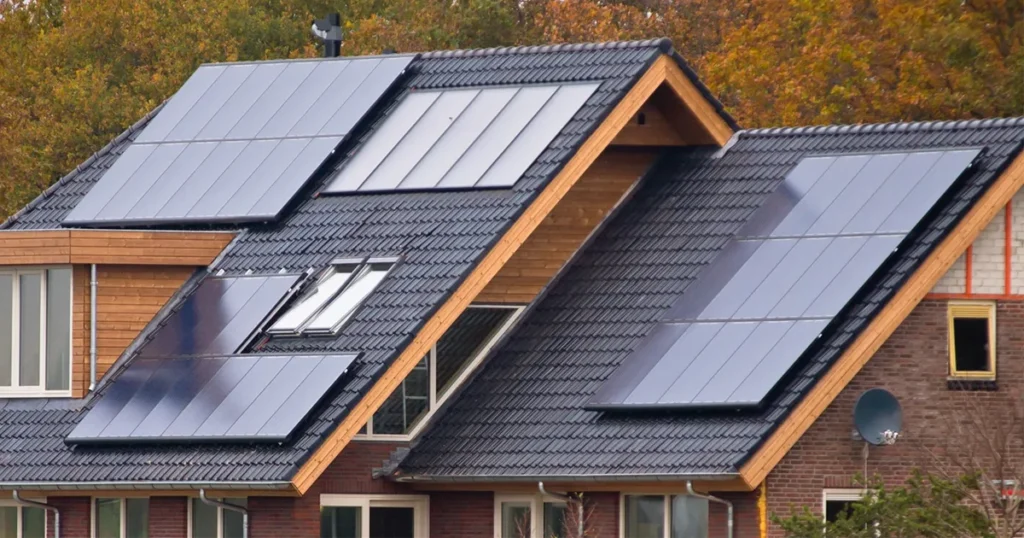
At Heritage Roofing & Repair, we believe your roof should do more than just protect your home; it should save you money and increase your comfort. That’s where energy-efficient roofing comes in.
Whether you’re retrofitting an existing property or building from the ground up, energy-efficient roofing solutions are one of the smartest investments homeowners and business owners can make. The U.S. Department of Energy estimates that proper roofing upgrades can reduce energy use by 10–30%, a significant cut in heating and cooling costs.
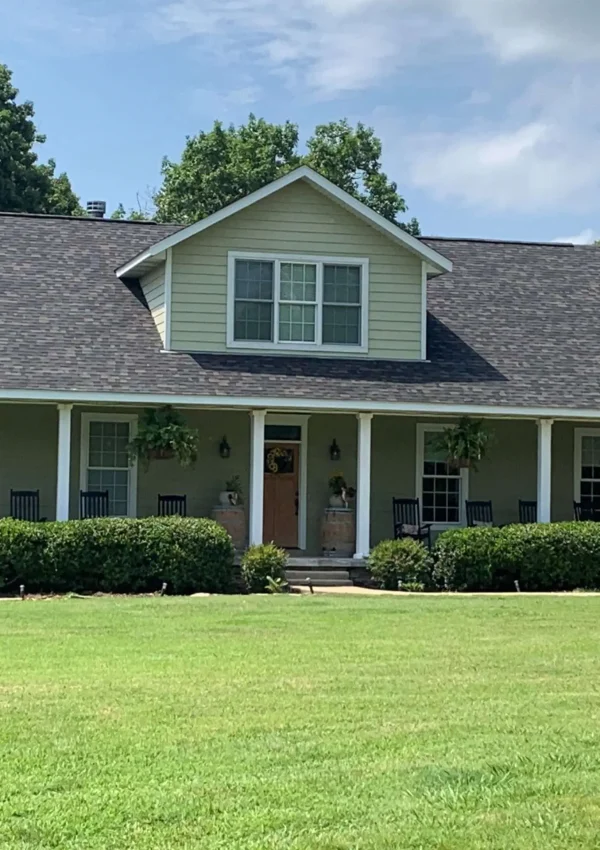
Why Choose Heritage Roofing & Repair
Over 50 Years of Local Experience
We’ve worked through decades of Arkansas’s changing weather patterns, learning exactly which materials and techniques last.
Licensed & Insured
All our professionals are fully certified, and our work is backed by comprehensive insurance policies.
Rapid Emergency Response
Our trucks are stocked for immediate deployment after storms.
Proven Reputation
Our Testimonials speak for themselves, with dozens of 5-star reviews from satisfied homeowners.
Why Energy-Efficient Roofing Matters
Energy-efficient roofing systems are designed to reflect more sunlight, absorb less heat, and minimize heat transfer into your attic or living space. In a climate like Arkansas, where summer temperatures often exceed 90°F, traditional dark-colored roofs can reach 150–190°F, increasing indoor temperatures and utility bills.
Summary of Key Benefits
Each of these points helps you understand why a modern, efficient roofing system isn’t just about performance, it’s about long-term savings and sustainability:
- Reduced Energy Bills: Reflective and insulating materials reduce the workload on your HVAC system. For example, cool roofs can lower peak cooling demand by 10–15%.
- Longer Roof Life: Heat exposure accelerates wear on roofing materials. Energy-efficient roofs stay cooler, which reduces thermal cycling and extends lifespan.
- Increased Indoor Comfort: Better insulation and reduced heat transfer make interior temperatures more stable and comfortable, especially in attics and upper floors.
- Federal and Local Incentives: Energy-efficient materials (especially solar) may qualify for 30% federal tax credits and Arkansas-specific energy rebate programs.
- Environmental Impact: Using less energy directly reduces your home’s carbon footprint. A cool roof can cut CO₂ emissions by 1 ton per 1,000 ft² per year.
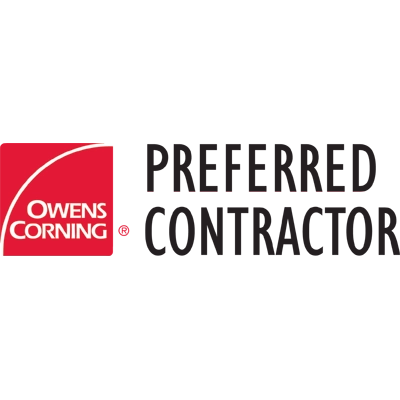

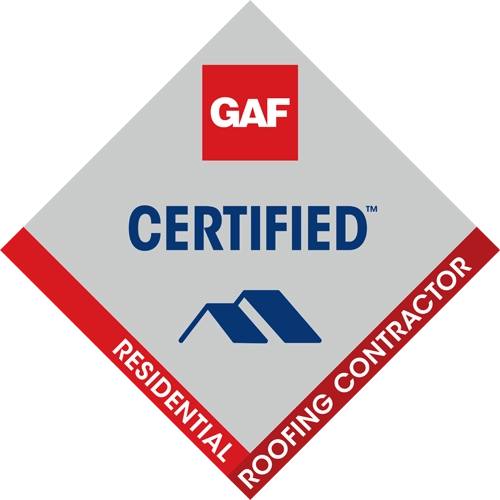
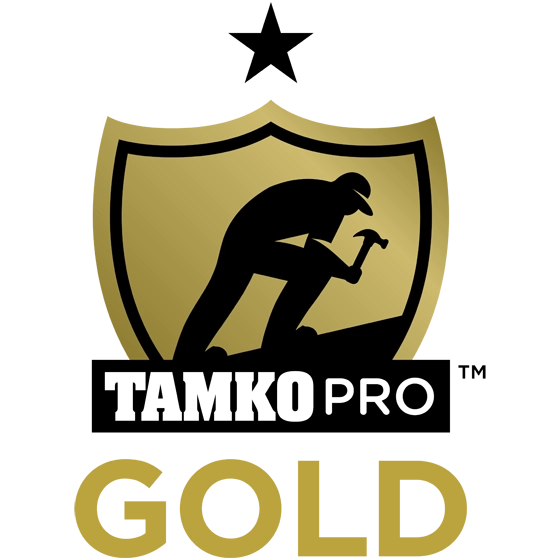
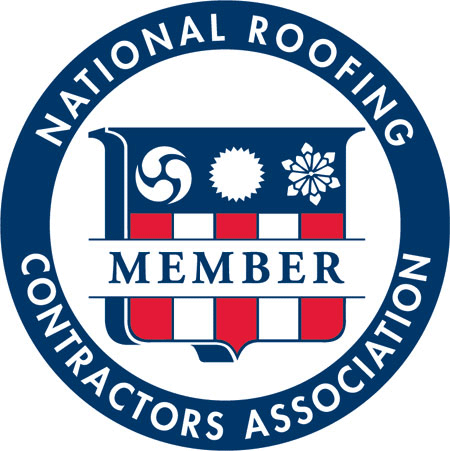
Types of Energy-Efficient Roofing Systems
When planning a roofing upgrade, selecting the right material is key. Below, we explore the most effective roofing materials that combine thermal performance with durability and style.
Architectural Asphalt Shingles (ENERGY STAR® Rated)
Modern asphalt shingles aren’t what they used to be. ENERGY STAR®-certified shingles use special reflective granules to reflect more of the sun’s rays, especially in lighter colors.
Advantages:
- Cost-Effective: Lower upfront investment than other systems.
- Enhanced Appearance: Available in multiple styles and colors.
- Moderate Savings: Can reduce roof surface temps by 20–25°F.
Metal Roofing (Standing Seam or Corrugated)
Metal is widely recognized as one of the best energy-efficient roofing materials. Its natural reflectivity and heat emissivity make it especially effective in sunny climates.
Advantages:
- Reflects up to 70% of solar radiation, reducing indoor cooling needs.
- Low Maintenance & Longevity: Can last 40–70 years with minimal upkeep.
- Cool Roof Coatings: Reflective finishes improve energy efficiency even further.
Fact: According to the Cool Roof Rating Council, a cool metal roof can be up to 100°F cooler than a dark asphalt roof.
Clay & Concrete Tiles
These traditional roofing materials deliver strong thermal performance through mass and ventilation. Their curved shape allows air to circulate beneath each tile, helping dissipate heat.
Advantages:
- Highly Durable: Lifespan of 50–100 years.
- Low Conductivity: Helps maintain stable indoor temperatures.
- Natural Fire Resistance: Class A rating for safety.
Solar Roofing (Photovoltaic Shingles)
Solar shingles integrate directly into your roof and produce electricity from sunlight while still acting as protective roofing. It’s an advanced, all-in-one solution.
Advantages:
- Energy Independence: Reduce or eliminate utility bills.
- Net Metering: Sell unused electricity back to the grid.
- Federal Incentives: Eligible for the 30% Investment Tax Credit (ITC)..
Green Roofs (Vegetative Systems)
Green roofs consist of live vegetation over waterproof membranes. They offer superior insulation, stormwater management, and environmental benefits.
Advantages:
- Insulating Layers: Lower energy usage year-round.
- Air Quality Improvement: Absorb pollutants and greenhouse gases.
- Urban Heat Island Reduction: Helps cool surrounding areas.
Best Use: Commercial buildings or eco-conscious homeowners with flat or low-slope roofs.
Key Features to Look For in an Energy-Efficient Roof
Choosing the right system isn’t just about the material; it’s also about how the roof performs across different metrics.
Performance Criteria:
- Solar Reflectance (SR): Ability to reflect solar radiation. Higher SR = cooler roof surface.
- Thermal Emittance (TE): Ability to release absorbed heat. Higher TE = quicker cooling.
- R-Value: Measures insulation effectiveness. The higher the R-value, the better.
- Color: Light colors generally reflect more sunlight than dark ones.
- Roof Pitch: Low-slope roofs may benefit from membranes/coatings; steep-slope roofs from reflective shingles or metal.
The Heritage Roofing & Repair Process
We’ve developed a proven step-by-step approach to help homeowners and business owners transition to an energy-efficient roof with confidence.
- Comprehensive Roof Audit: We inspect your current roofing system, evaluate insulation, ventilation, and energy loss points.
- Product Selection Guidance: Based on budget, building type, and efficiency goals, we recommend tailored options from our line of asphalt, metal, tile, or solar roofing systems.
- Permits and Installation Planning: We handle all permitting and regulatory steps to keep your project stress-free and code-compliant.
- Precision Installation: Our experienced team ensures clean, precise installs with proper flashing, underlayment, and venting to maximize performance.
- Warranty & Maintenance Support: We back your investment with labor and manufacturer warranties, plus seasonal maintenance options.
Yes. While the upfront cost may be slightly higher, homeowners typically recover this through lower energy bills, tax credits, and fewer repairs over time.
A cool roof is made of materials that reflect more sunlight and absorb less heat. Examples include metal roofs with reflective coatings and light-colored asphalt shingles.
Not always. Some upgrades, like applying reflective coatings or improving attic ventilation, can improve efficiency without a full replacement.
This depends on the material. Metal can last up to 70 years, while reflective shingles last around 25–30 years.
Yes. Many homeowners install solar on top of metal or asphalt shingle roofs, while others opt for integrated solar tiles.
In some cases, yes. Some insurers offer discounts for roofs that reduce fire risk or improve durability (like Class 4 impact-rated metal roofs).
In Arkansas, cool roofs can reduce cooling costs by 10–25% annually, depending on your current insulation, roofing material, and ventilation setup.
Contact Us Today
Heritage Roofing & Repair
Address: 3458 Arkansas State Hwy 221, Berryville, AR 72616
Phone: (870) 654-1164
Email: info@myheritageroofing.com
Business Hours
Monday: Open 24 hours
Tuesday: Open 24 hours
Wednesday: Open 24 hours
Thursday: Open 24 hours
Friday: Open 24 hours
Saturday: Open 24 hours
Sunday: Closed